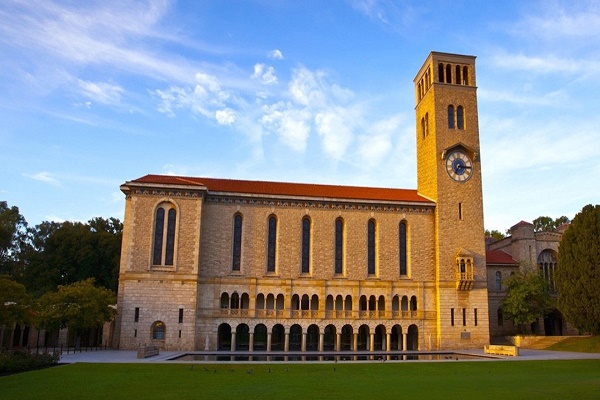Researchers design new software to automate traffic surveys
New Delhi: Researchers at The University of Western Australia have developed a program using artificial intelligence to automate traffic surveys and provide better data that could improve the future of road designs.
The Video Content Analytics software, designed in partnership with Main Roads Western Australia, enhances the quality of data used in traffic modelling and could replace conventional manual traffic surveys that are labour intensive and imprecise.
The project has been shortlisted for the ITS Australia’s Excellence in Research and Development Award 2020.
Road designers rely on traffic models to predict the performance of their designs and the lack of quality data has long been an issue as models are only as good as the data available.
To address this, researchers from UWA’s Planning and Transport Research Centre (PATREC) and the Department of Computer Science and Software Engineering developed a program to extract traffic data automatically using computer vision, a type of artificial intelligence that helps computers to identify and track objects in videos.
Unlike a drone, which flies almost directly above an intersection giving a bird’s eye view, this software works at more extreme angles, allowing more flexibility about the location of flights and what data can be captured.
Initial independent verification by Main Roads showed the software was 97 per cent accurate at detecting and tracking vehicles under challenging conditions.
Dr Chao Sun from UWA’s Planning and Transport Research Centre said the development of the software was only now possible given the rapid advancement of drone and computer technologies.
“The Video Content Analytics software incorporates the latest technologies, such as drone and computer programming that has only become available in recent years, to extract data that is difficult, if not impossible, for manual counting,” Dr Sun said.
“We are not the world’s first but our software is specifically tailored for Australian traffic conditions and engineering standards, such as the detection of very long vehicles and more detailed classifications.”
Associate Professor Mark Reynolds, Head of the School of Computing, Physics and Mathematics, said the project was a good example of collaboration between traffic researchers and computer scientists, and between UWA and Main Roads.
“The adoption of our software is expected to greatly improve data quality and quantity of local traffic data, which has been the weakest point of traffic modelling,” Associate Professor Reynolds said.
“Better data leads to better modelling, which leads to better intersection and road design, and more efficient use of government investment.”
Hannah Saunders, Operational Modelling and Visualisation Manager at Main Roads, said that by collaborating with UWA, Main Roads had been able to ensure they received exactly the data and outputs required.
“This project has allowed us to explore different options, so that we understand exactly what the system is measuring and how accurate it is,” Ms Saunders said.
The team is now working to commercialise the software program and has already received industry interest.

